
The theft of sacred Ethiopian regalia and the removal of Egyptian monuments like the Rosetta Stone are chapters in the same story. A story of forceful attainment of valuable heritage and the continuous injustice that befalls its rightful bearers, even till today. While these sacred bonds are not simply valuable items; they remain a constant reminder of national identity, religion and historical knowledge. Their restitution is an ethical imperative and a necessary step toward healing.
From the crowns of Ethiopian emperors held abroad to the mummified remains of African ancestors still stored in Western institutions, the theft of Africa’s sacred heritage represents a deeper violence. A violence of spiritual and historical interruption, as those which we speak of, are not mere museum exhibits; they are vessels of ancestral power and collective memory. Their continued displacement denies Africa’s children the right to know and connect with their lineage.
The conversation on reparations and restitution is, therefore, not only about the past. It is about the rebirth of Africa’s future. It is a call to restore what was taken, to honour those who came before, and to ensure that Africa’s heritage, in all its sacred depth, returns home where it belongs.
In advancing this cause, the Pan-African Progressive Front (PPF) will convene the International Conference of Pan-African Progressive Forces Commemorating the 5th Pan-African Congress this year (November 18-19) in Accra. The gathering will unite leaders, thinkers, and cultural advocates from across the continent and the diaspora to deliberate on Africa’s unfinished journey toward economic independence, reparative justice, and cultural restoration.
Among the key themes will be the cultural, moral and political urgency of restitution. How the return of Africa’s sacred heritage speaks to the broader questions of sovereignty, healing, and historical accountability.
Accompanying the conference, will be a symbolic exhibition which will highlight and showcase not the wealth of empire, but the resilience of a people reclaiming their own narrative.
Below are some stolen artifacts. We must understand that, their continued absence serves as a reminder of the unfinished work of restitution and the global responsibility to return heritage to its rightful custodians.
Objects, origin, contexts and current reality…
• Rosetta Stone
The Rosetta Stone stands as one of the most significant archaeological discoveries in human history. Its parallel inscriptions in three ancient scripts; Egyptian hieroglyphs, Demotic, and Ancient Greek, provided the crucial key that finally deciphered Egypt’s sacred writing system after centuries of silence. This breakthrough unlocked millennia of Pharaonic history, literature, and knowledge that had been lost to time.
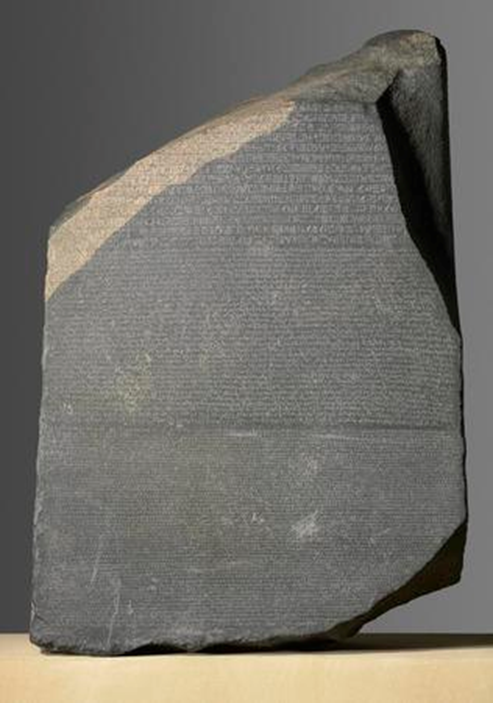
For Egypt, the Stone represents more than just a linguistic tool. It embodies the very foundation of its written history and cultural identity. Yet this cornerstone of Egyptian heritage remains separated from the land that gave it meaning, displayed as a trophy of colonial expansion rather than celebrated in its proper context as a testament to Egyptian civilisation’s enduring legacy.
The Rosetta Stone was discovered and stolen by French forces during Napoleon’s campaign in Egypt, it was subsequently surrendered to British troops under the 1801 Capitulation of Alexandria and has remained in the British Museum since 1802. Its continued presence in London represents an ongoing scholarly and cultural dilemma. While accessible to international visitors, it remains inaccessible to the Egyptian public whose ancestors created it. Its display in London is a permanent reminder of a cultural heritage taken, not given.
• Ethiopian Gold Crown

This crown is a sacred symbol of the Ethiopian Orthodox Tewahedo Church, used in liturgical processions to represent the authority of the church and its deep connection to the Ethiopian monarchy and statehood. However, its history is marred by a violent act of desecration; it was not merely taken but brutally looted by British forces during the 1868 Magdala expedition, a campaign that culminated in the suicide of Emperor Tewodros and a massive, systematic pillage so vast it required 15 elephants and 200 mules to carry the stolen sacred treasures. The Victoria & Albert Museum’s later acquisition launders this sacrilege through the art market, legitimising a theft that was, in reality, a state-sanctioned act of imperial violence.
For Ethiopians, its removal was a spiritual amputation, and its current display in Victoria & Albert Museum (London), is not a celebration of culture but a lasting monument to colonial brutality, perpetuating the original wound by holding a living object of faith captive behind glass.
• Herero & Nama Genocide Remains
Between 1904 and 1908, German colonial forces in what was then German South-West Africa (now Namibia) carried out one of the first genocides of the 20th century. When the Herero and Nama peoples resisted German expansion, they were met with extreme violence from General Lothar von Trotha, who issued an extermination order called “Vernichtungsbefehl” declaring that every Herero found within German territory would be shot on sight.
By the end of the campaign, an estimated 65,000 Herero (about 80% of their population) and 10,000 Nama (about 50% of theirs) had been killed through massacres, forced desert crossings, and concentration camps such as Shark Island, where starvation, disease, and brutality were rampant.
In the aftermath of the genocide, German anthropologists and doctors, including figures such as Eugen Fischer, took the skulls and skeletal remains of murdered Herero and Nama individuals for use in so-called “racial science.”
The remains were stolen to Germany to “prove” racial hierarchies. An ideology that would later influence Nazi racial theory. They currently sit in Charité Hospital (Berlin), Museum für Vor- und Frühgeschichte, University of Freiburg, respectively.
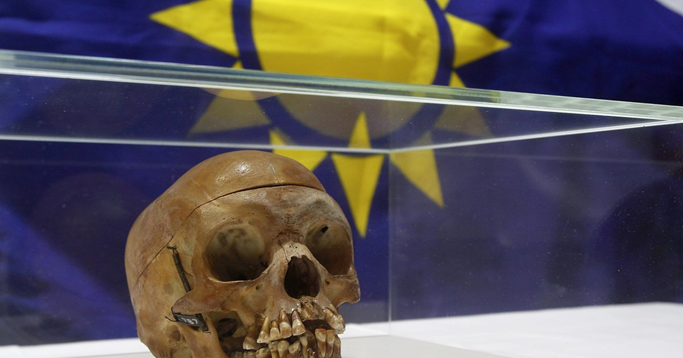
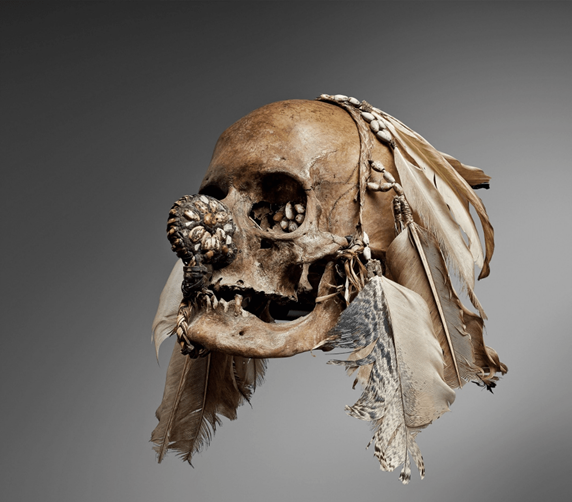
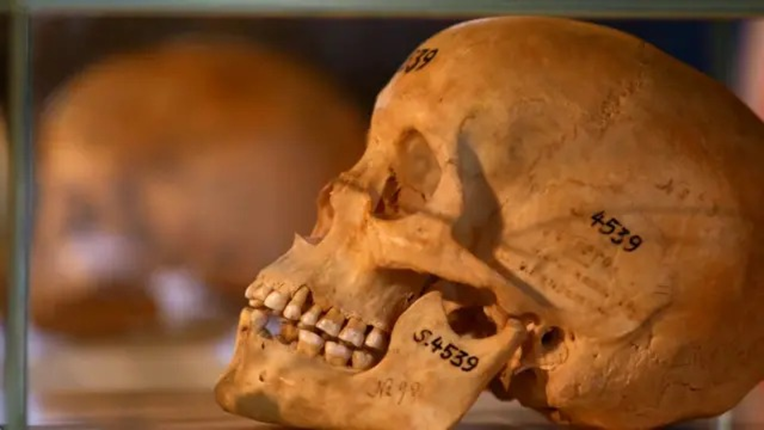
• Prince Alemayehu (remains)
In 1868, following the Battle of Magdala, British forces not only looted Ethiopia’s imperial treasures but committed an even deeper violation. They took seven-year-old Prince Alemayehu, son of Emperor Tewodros II, as a war trophy. Orphaned during the journey to Britain after his mother’s tragic death, the young prince never again saw his homeland.
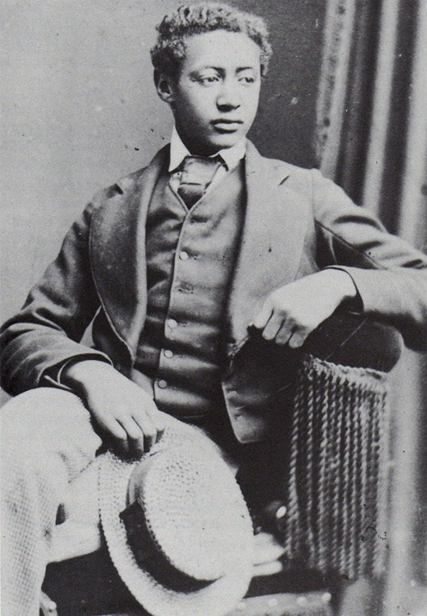
Though Queen Victoria later assumed the role of his guardian, this paternalistic gesture could not mask the colonial violence that had torn him from his heritage. When the prince died at just eighteen, his burial at Windsor Castle became a permanent symbol of imperial appropriation. His body transformed into Britain’s ultimate unreturned artifact.
Today, Prince Alemayehu’s story resonates far beyond the crypts of St. George’s Chapel. He embodies both the tragedy of Ethiopian sovereignty stolen and the ongoing struggle for its restoration. While Buckingham Palace continues to refuse repatriation, the Ethiopian diaspora and the prince’s descendants keep his memory alive through persistent calls for justice. Their protests at Windsor Castle are not merely about returning remains. They are about restoring dignity, rewriting colonial narratives, and finally bringing a stolen prince home.
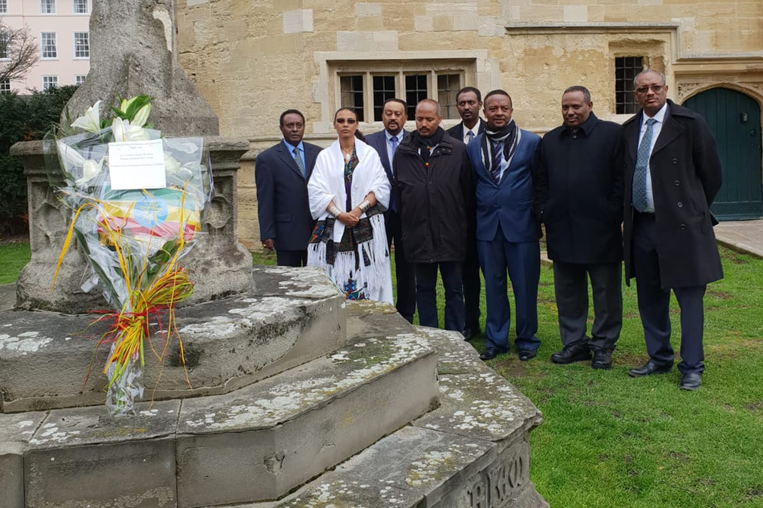
The return of Prince Alemayehu’s remains is not an archaeological procedure but an act of moral redemption. As long as his body remains in British soil, colonialism continues to celebrate its victory over our people.
Conclusion…
These cases combine material, spiritual and human harm. The Rosetta Stone’s scholarship is undeniable, yet its absence from Egypt continues a long practice of keeping core national narratives out of reach. Ethiopia’s crowns, crosses and the tragic story of Prince Alemayehu are moral tests for former imperial powers. Question lingers… “How will they make amends?”
True justice requires more than boxes packed for shipment; it requires listening, remorse, and institutional reform.